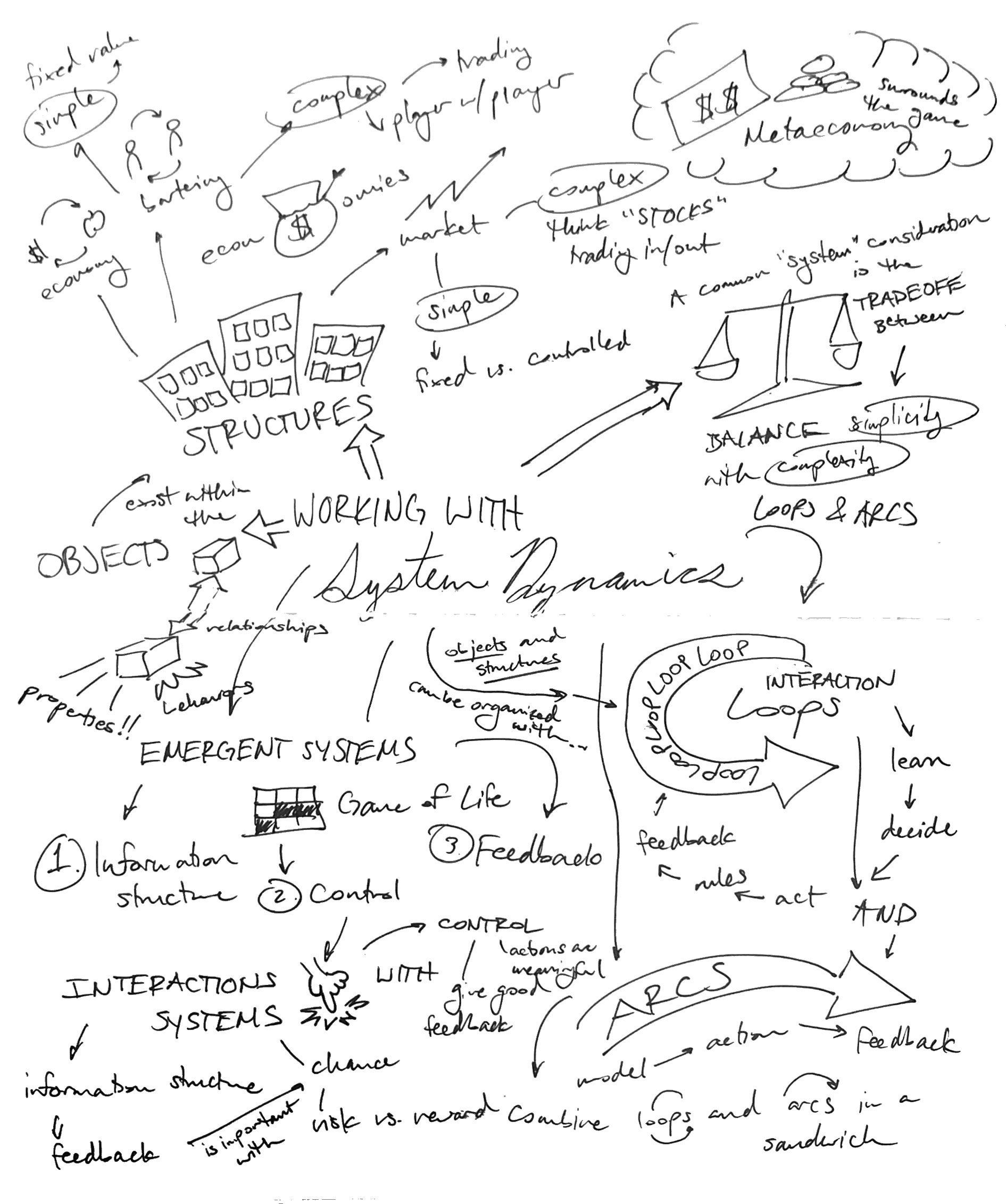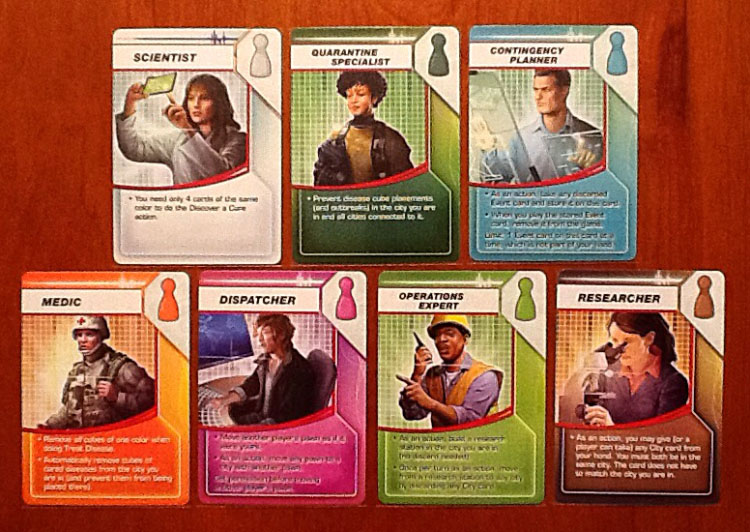
We’re making “Overgrowth,” a game about building a sustainable city. Players are challenged to draw resources from the environment while ensuring they’re not disrupting it irreversibly.
Values: We have three main values: Long-Term Impact, Collaboration, and Compromise
– Humans have a long-term impact on the environment: We want to teach players that the effects they have on the environment are long-lasting and require long-term thinking. For example, one of the ways to mitigate your carbon output is to plant trees, but they take time to grow. If you cut down too many trees early in the game, you might doom yourself later on.
– Collaboration is necessary for achieving a sustainable future: Sustainability takes everyone’s collaboration, so we designed Overgrowth as a co-op game where players take on different roles, each specialized to a different part of the goal of achieving a sustainable future.
– Building cities requires compromises: We want to be realistic about the extra hurdles that sustainability makes city planners have to navigate. The city that is the easiest for players to build won’t be the most sustainable.
Loops: Our game follows a natural loop by alternating between player action phases and system response phases. In terms of the reading, players first act by:
1) Learn by observing the state of the board at the start of the round
2) Decide what to do by discussing
3) Act (by moving around the board, building facilities, planting trees, or chopping trees)
Then, the system responds by:
4) Resolving the state of the board based on some Rules (trees grow after a certain amount of time, carbon increases or decreases based on the board state)
5) Players receive Feedback based on the board physically changing and a carbon marker moving up or down.
Arcs: The concept of “Arcs” is less strong as our game is designed right now. Players continuously cycle in the loop above until they either win or lose, which is one overarching arc. Another “arc” could be the Factory piece that we require players to build at one point during the game. Before players build the Factory, they can only have up to 3 Apartments. After they build the Factory, this limit is removed. However, the Factory has permanent negative consequences on the city’s carbon output, so players need to plan carefully when they will build it. Since there is only one Factory in the game, it’s a one-time, irreversible decision that separates the game into pre-Factory and post-Factory phases, which is similar to how an arc functions.


